Don’t miss out on the latest Spirits of Fashion news & events -- sign up now!
Fashions of the Dickens Period: A Brief Look at 1830s and 1840s Styles
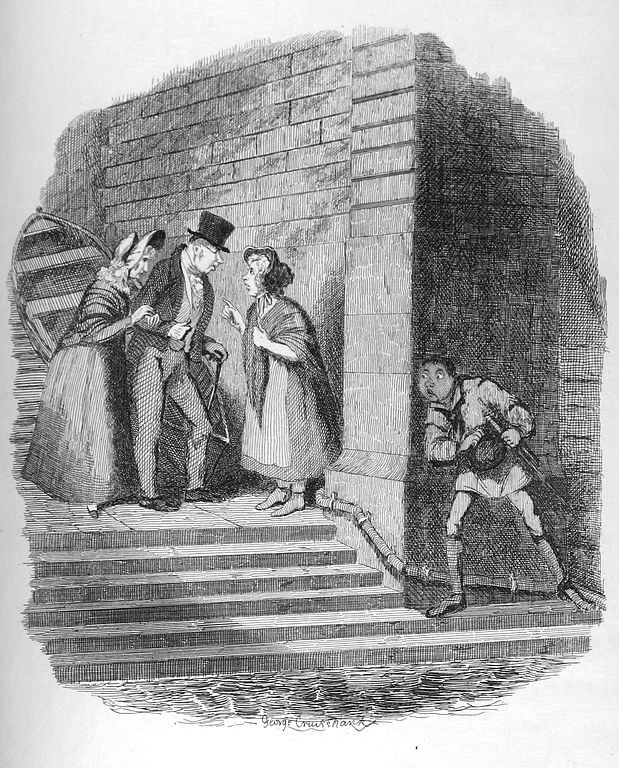
Hello Friends,
Christmas is almost upon us, and I’m happy to have finished (not shopping or wrapping!) my newest fashion presentation, “Fashions of the Dickens Period.” Because I have the pleasure of giving monthly presentations to an assisted living community in Massachusetts, I needed to develop a holiday-related topic. I thought this one may be festive enough for most people, so let’s hope!
Charles Dickens, aka Charles John Huffam Dickens, wrote several wonderful novels and was an English writer as well as a social critic. Regarded as one of the greatest novelists of the Victorian era, he also was referred to as a literary genius. He tended to use humor and satire in his writings, as well as a sharp observation of character. Publishing mostly in installments, Dickens kept his readers in suspense with his cliff hanger endings.
I know that when I think of the writings of Dickens, I tend to think of dark and quite depressing atmospheres, such as London’s less than desirable areas where pickpockets and other unsavory characters roamed the streets. Think of Oliver Twist, and you’ll get the picture. In fact, the term “Dickensian” is used to describe something reminiscent of these stories, which includes socially poor conditions or humorous, but repulsive characters.
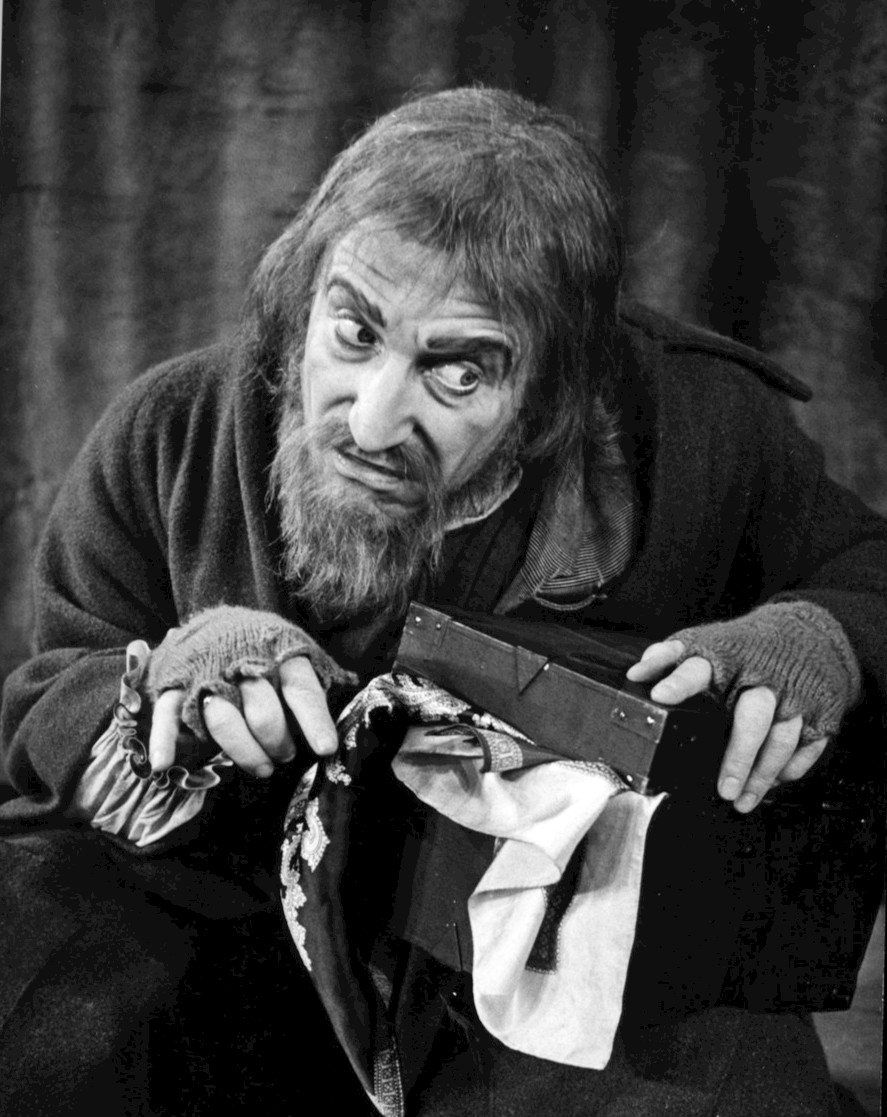 Fagin 1963
Fagin 1963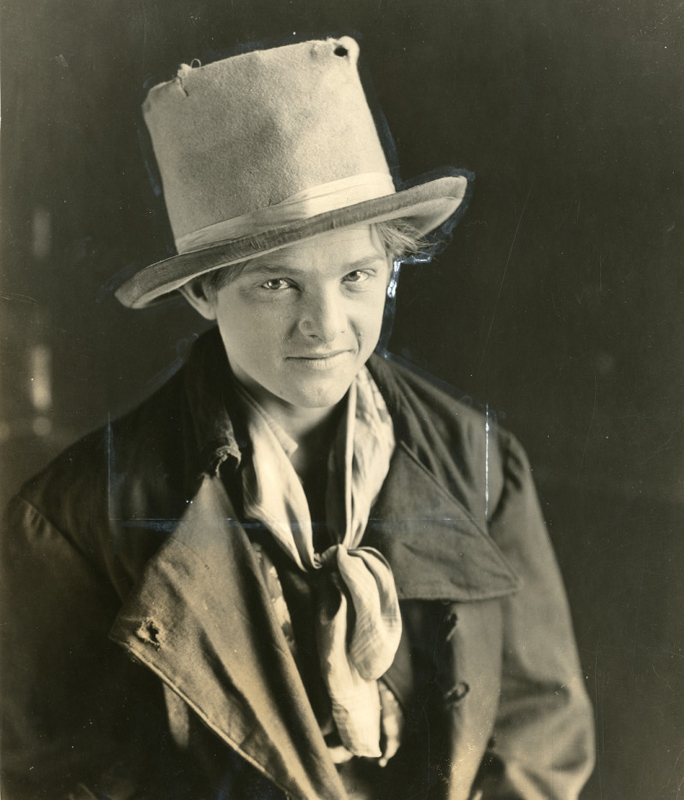 The Artful Dodger
The Artful DodgerAlthough I usually concentrate on the clothing of the wealthy when I present different fashion eras, I cannot ignore that clothing was not always made of exquisite materials, but were made of more economical fabrics for the less fortunate, although the lower classes did attempt to copy contemporary styles and fashions.
During Dickens’s lifetime (1812-1870), we find that many of his works seemed to take place roughly in the 1830s and 1840s. The styles during the 1830s favored an emphasis on the shoulder and sleeve for women. Enormous sleeves, known as gigot sleeves, resembled large balloons that would seem to deflate later in the decade. Here is a link to a brief article on the decade.
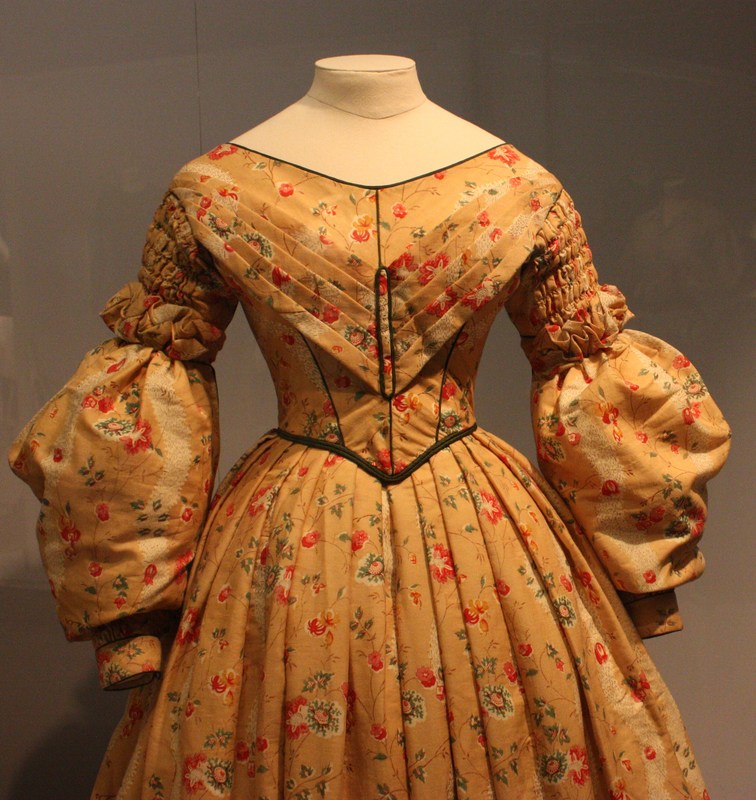
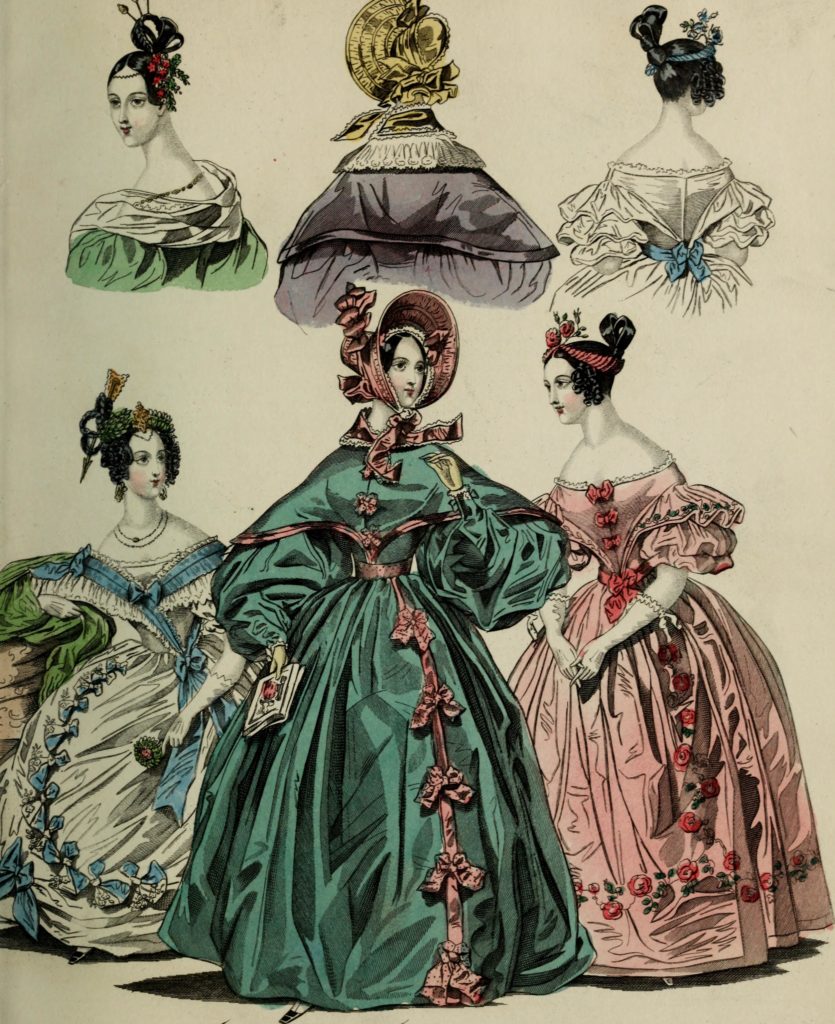
The 1840s were characterized by a much less obvious sleeve and a more conservative shoulder line. The colors during this decade tended to be darker and of a soberer nature. The skirts were longer, too, than they had been in the 1830s.
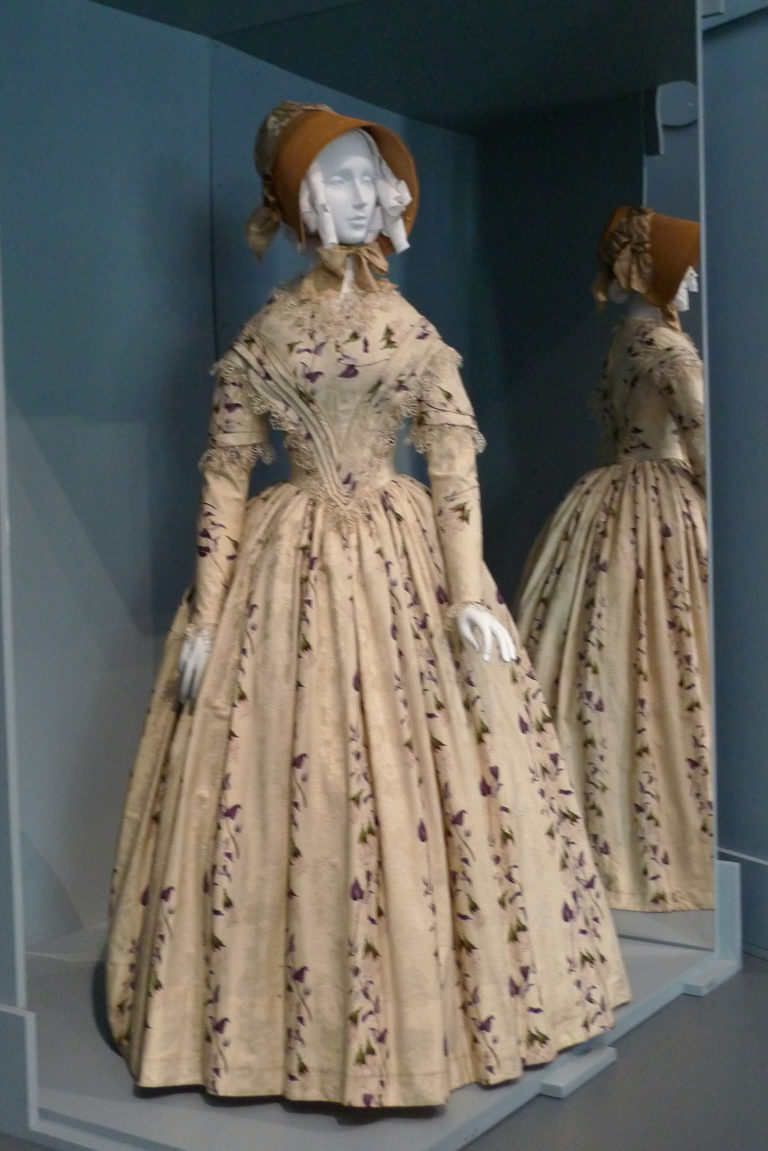
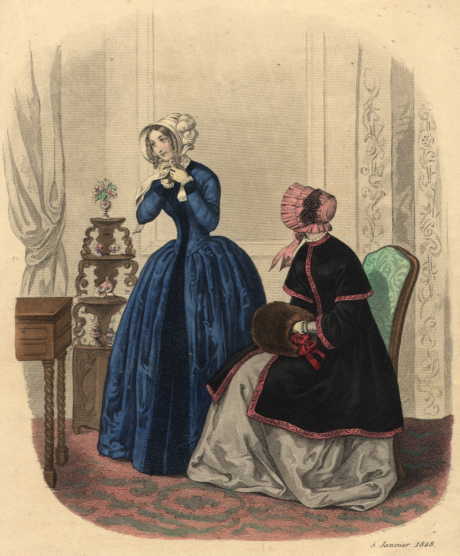
Again, one would be less likely to see these exaggerated sleeves and shoulders in women of the lower classes, particularly as they would impede work and movement. Not only was it the privilege of the upper classes to be able to afford these extreme fashions and sumptuous fabrics, but it was a way to flaunt their wealth and social standing.
So, next time you read a Dickens novel or see the movie version of the book, be sure to pay attention to the fashions not only of the rich and powerful, but also of those who were less fortunate, but vastly more colorful and interesting in many ways.
Enjoy the holiday season, and don’t miss seeing some of the wonderful holiday movies shown at this fabulous time of year. My favorite is a movie called Ebbie, which features Susan Lucci as a female Scrooge. Fabulous! If you’d like information on where to purchase the DVD, contact me at spiritsoffashon.net, and I’ll be happy to provide the link. Enjoy!
Happy Holidays!
From my spirit to yours,
Ren ❤